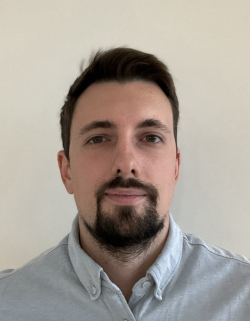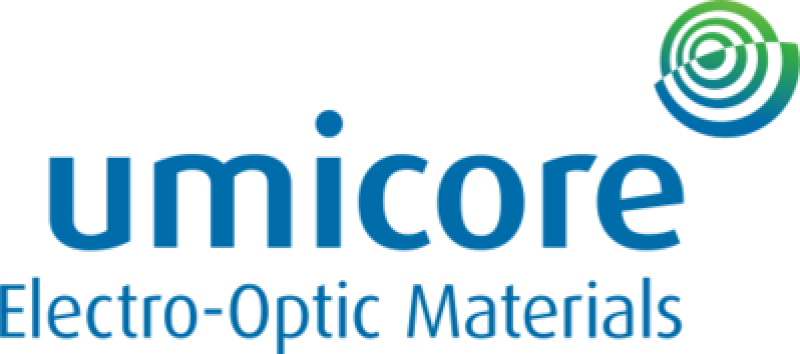| Thursday, November 16, 2023 | |
Integrated Photonics |
|
| 12:40 | Opening Remarks by Session Chair |
| 12:45 | Overview Integrated Photonics, Ivan Nikitski, EPIC |
| 13:05 | Germanium Substrates for Photonics: GaAs Replacement Advantages and New Production Possibilities through CMOS Integration |
Ivan Zyulkov, Umicore Germanium Substrates for Photonics: GaAs Replacement Advantages and New Production Possibilities through CMOS Integration
 Abstract Biography |
|
| 13:25 | The EU-funded Pilot Line to Empower Photonics Innovations, Joni Mellin, X-Fab |
| 13:45 | Photonic IC Design: Innovation and Scalability |
Pieter Dumon, Luceda Photonics Photonic IC Design: Innovation and ScalabilityAbstract Biography |
|
| 14:05 | Reserved |
| 14:25 | Key Takeways from Session Chair |